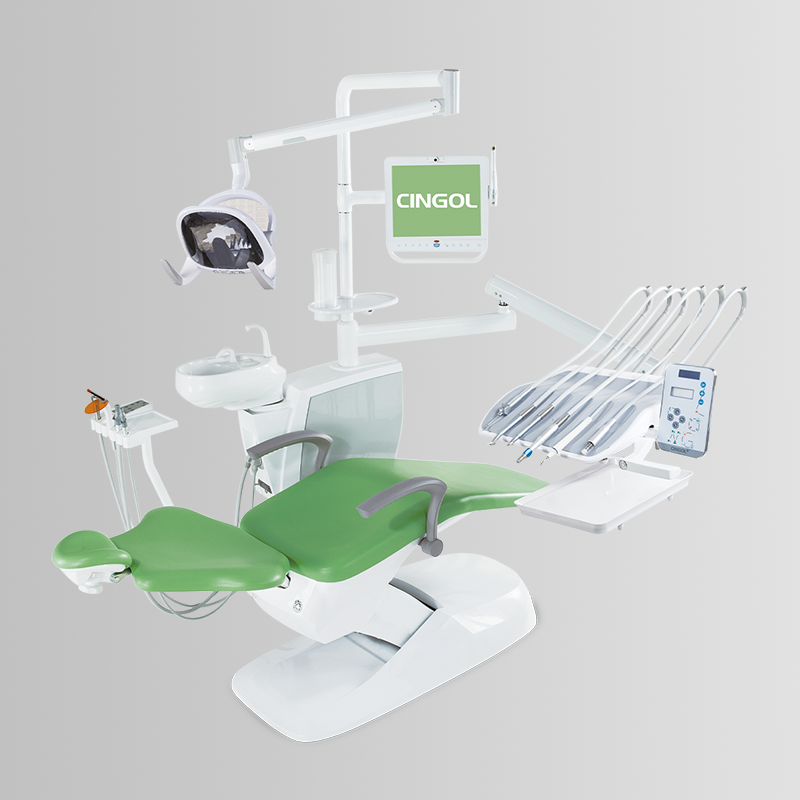What should I pay attention to when buying a dental chair?
When buying a dental chair, its stability is the key. Provide an unwavering platform for the precise work you perform in the mouth. The dental chair must create an effective working environment to maximize contact with the patient and provide comfort.
1. How stable is the dental chair?
Different dental chairs have different stability requirements, depending on the type of equipment you use. Compared with a cabinet or wall-mounted system, a conveying system installed on a chair requires a stable chair. Therefore, when you are working in the oral cavity, the dental chair must provide stability, otherwise it is prone to accidents.

A tool for stability testing on a dental chair with a chair-mounted transmission system and dental lighting. It is located on a flat and level floor. When the person lies on his back, the dental chair is moved to the maximum height. Grab the top of the lamp post and try to swing the chair left and right. There should be no signs of swing in the area where the patient is sitting, but should be stabilized.
The bottom of the dental chair is an important factor for stability. It has a large footprint, but still needs to be configured so as not to interfere with the stool casters. Cast iron is rigid, and provides greater strength than aluminum, and has a thinner
The bottom of the chair is an important factor in stability. It should have a larger footprint, but still need to be configured so as not to interfere with the stool's casters. Cast iron is rigid and provides greater strength than aluminum, and has a thinner profile. If it is hit or impacted, it will also transmit less sound and vibration to the patient.
2. Is the dental chair floor resistant to dents, scratches and corrosion?
The floor of dental chairs is often attacked by cleaning chemicals and equipment. Therefore, do not simply paint the surface, because it is easy to chip or scratch. In order to keep the appearance clean and novel, it is ideal to use a permanent surface treatment process, such as epoxy resin or electrolytic bonding. The bottom plate should be finished on all sides to prevent the floor from being damaged by rust or corrosion.





